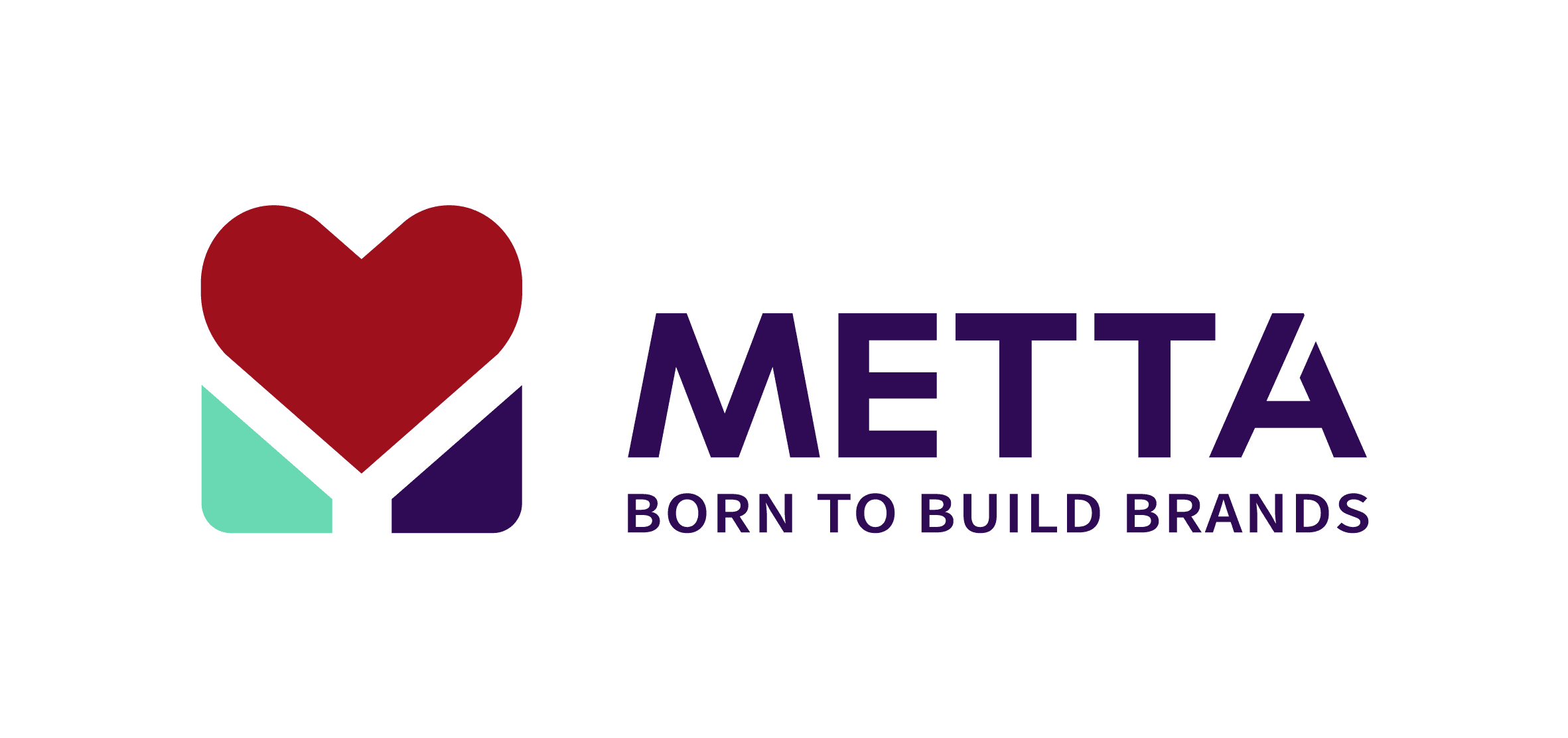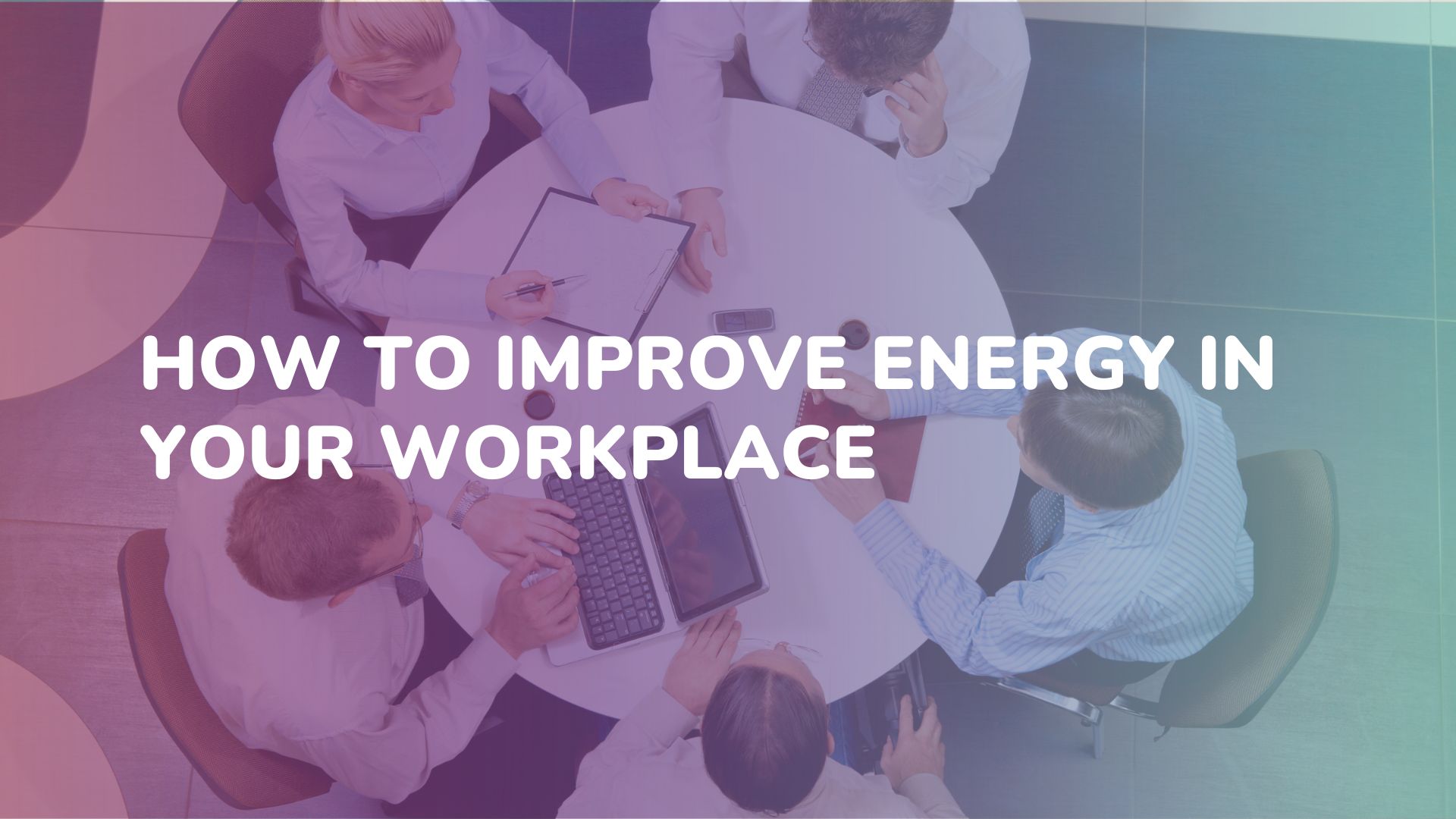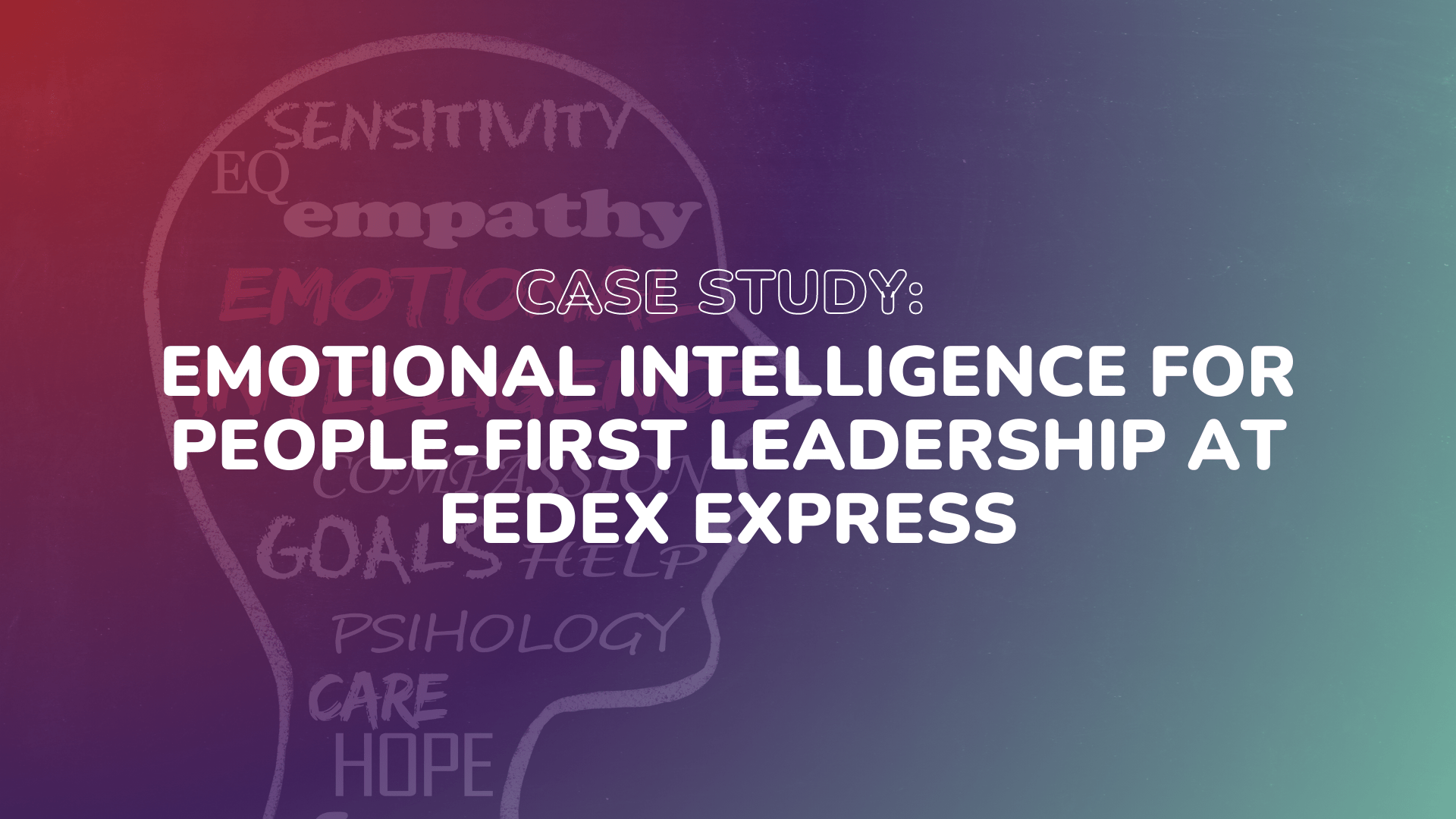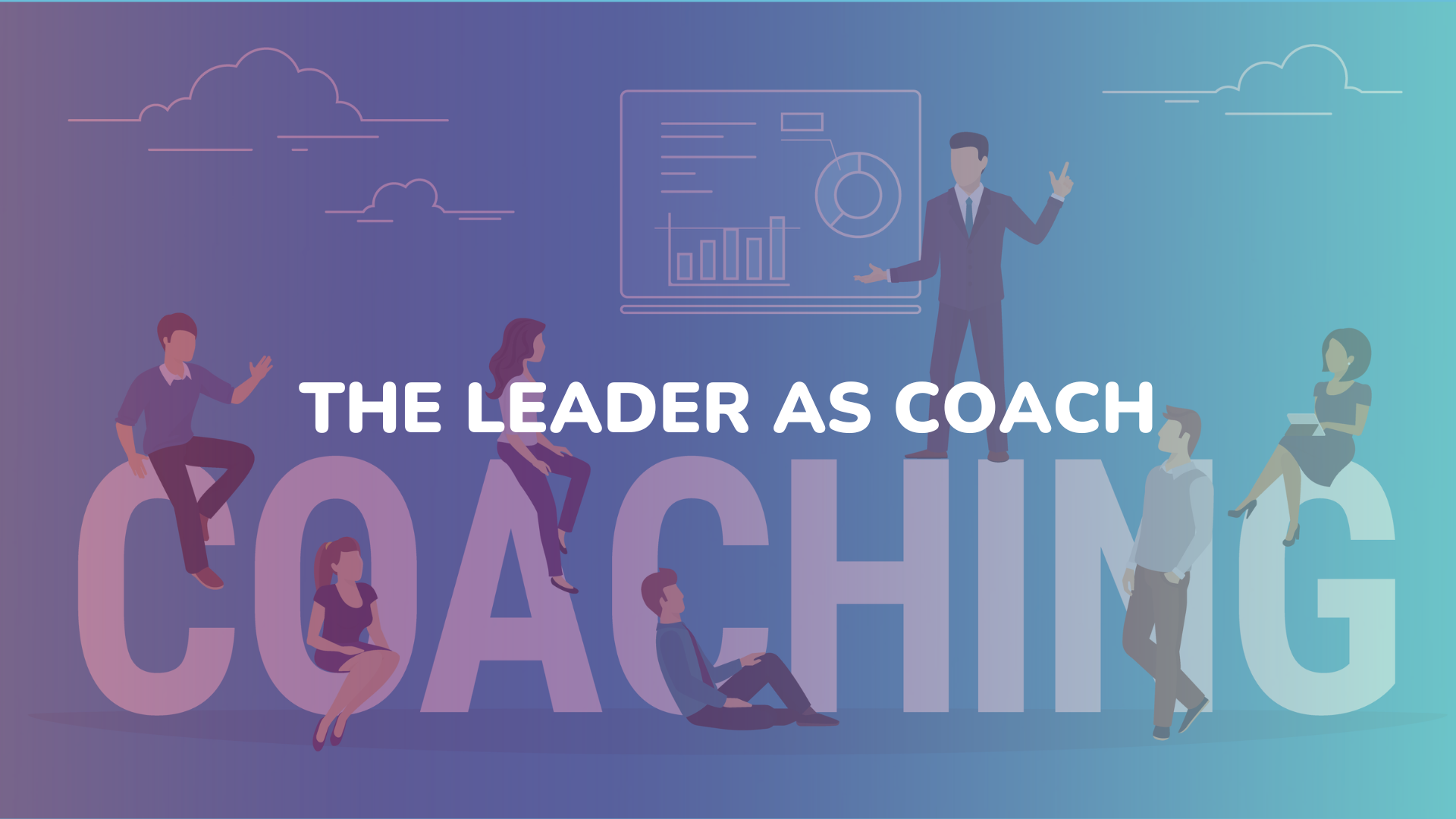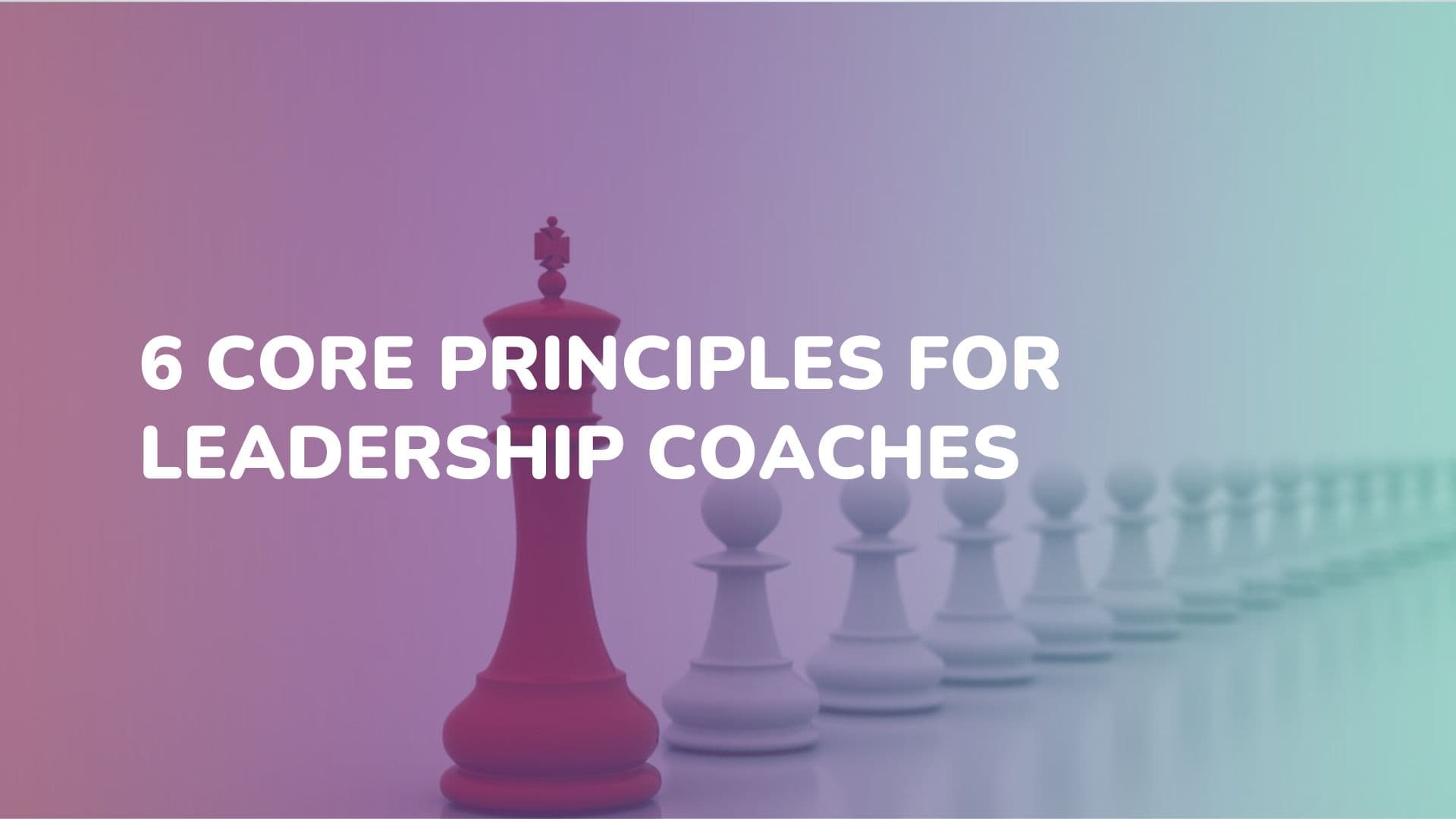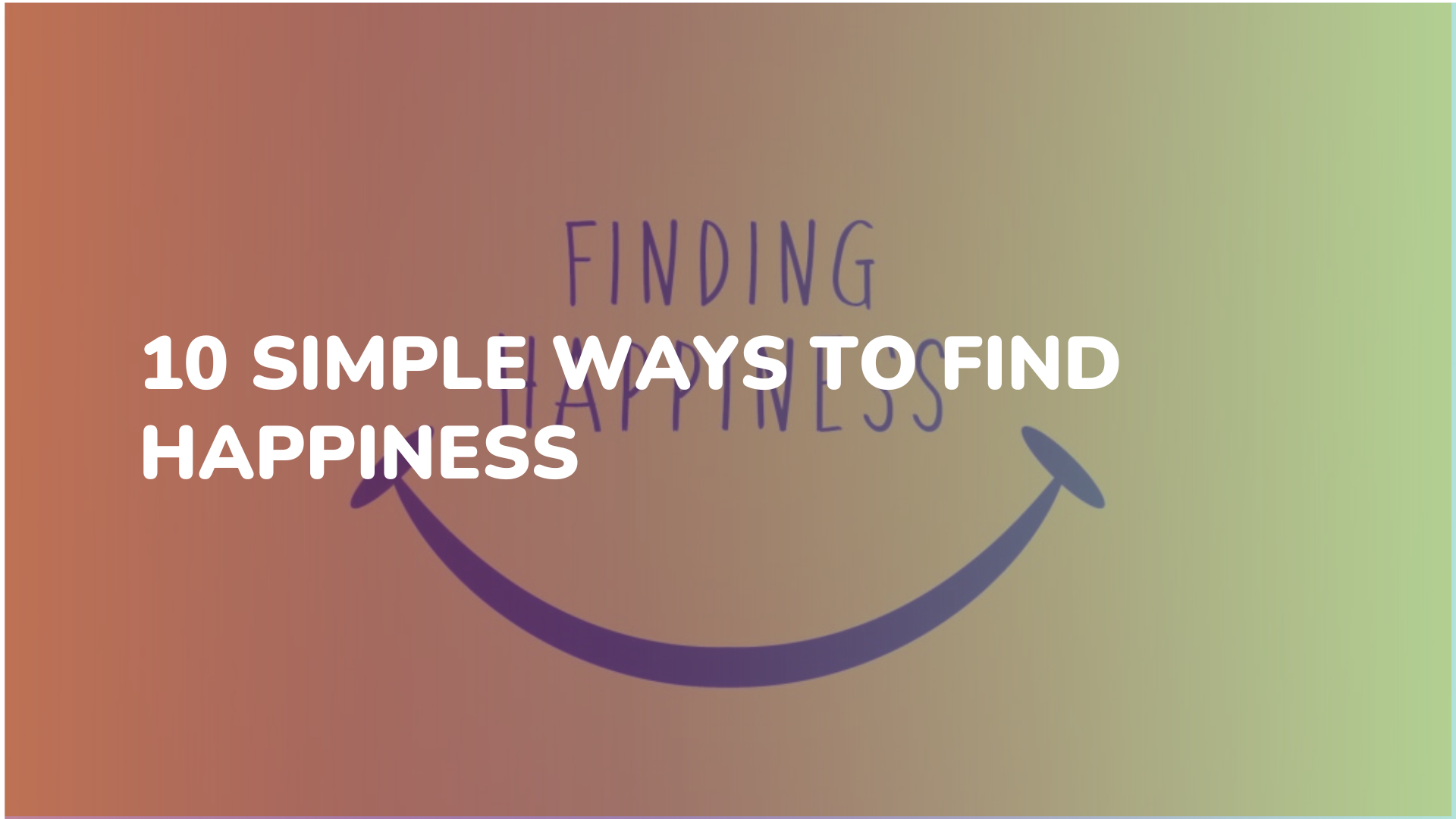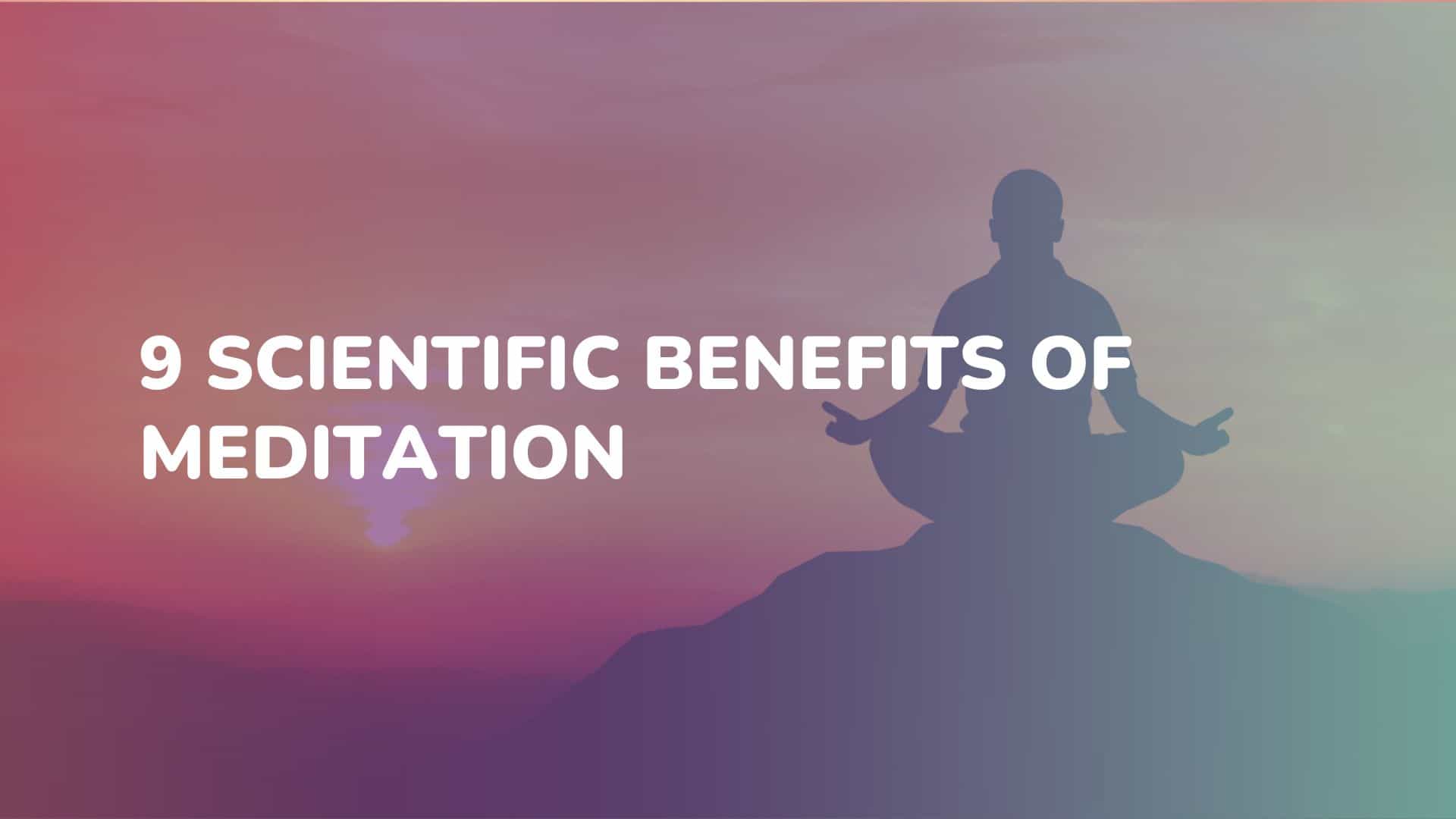How to Improve Energy in Your Workplace
There’s a science behind creating the ideal ‘vibe’ in the workspace—and design plays an important role
Space is a powerful tool for fostering employee engagement, inspiring innovation, and driving productivity. But what exactly does an optimal space look like? In the science of space, we explore how the science of intentional design can transform any work environment into a holistic experience.
We all know what it’s like to walk into a workspace with the right vibe. You feel positive and happy. The people around you are interacting with each other and looking relaxed. There may be music playing; Perhaps the aroma of freshly brewed coffee floats in the air. There’s a feeling you can’t describe.
Isn’t it great to understand how to create workspaces in which your teams feel productive, engaged, and energized? It’s not just theoretical. At WeWork, we take a research-based approach to enabling the energy of the best workspace, enabling your employees to feel happy, relaxed, and productive. Read on to discover how.
The surprising impact of workspace energy on your business
Before getting into the specifics, it’s important to understand why every company needs to invest in the energy of their workspace. In other words, why should your company consider the vibe in your workspace? Is it right to invest the time and resources to address this?
The answer is “yes” which is answered forcefully and for many reasons.
First, think about any employees and potential customers who might visit your company. What environment are they entering? Can you guarantee that this environment will always have proper energy? Or are there days when the energy in your company environment fluctuates?
Many companies offer mobile work environments (or at least the option of working from home occasionally), which can bring a lot of benefits to employees. But is your office very deserted now? The truth is, if your employees can work from anywhere, they need a reason to show up in your workspace.
Finally, think about the impact of space on employee well-being. In an average enterprise-level company, there is usually one person making real estate decisions on behalf of thousands of people. Real estate professionals have the ability to see, listen, and observe—like an anthropologist—how the spatial decisions they make affect the lives of all their employees. When you see people unhappy in their space, it usually means someone hasn’t listened to the needs of the staff. This can have an impact on employee morale and productivity.
At WeWork, we have the ability to explore the energy of workspaces in ways that most architectural design firms don’t. And, luckily, we have some ideas to share.
Facilitating energy: proximity, transparency and cultural differences
People are naturally attracted to the right balance between calm and high energy, so it seems that the right energy balance is simply “happening.” But it’s more scientific than you might think. In fact, our research indicates that three factors create energy: physical proximity, transparency, and cultural differences.
Staircase theory
When we talk about proximity, we ask questions like: How many people are in this space? Who are those people? What are they doing? How is the space arranged?
When we think of energy, we like to dig into a few theories set in the social sciences and in our own research. Thomas Allen, a professor at the MIT Sloan School of Management and author of numerous workspace studies, pioneered a theory called the “Allen Curve,” which calculates distance, the proximity of physical distance between employees (specifically between engineers, in his research).
The Allen curve reveals that there is a strong negative correlation between physical distance and frequency of communication between people. This shows that people are always energetic when they are together. Based on this concept, our WeWork research team set out to explore how the level of proximity in terms of distance between employees in our buildings affects workspace energy.
Confirming the Allen Curve, we’ve found that WeWork members feel a stronger connection to the people they’re nearby; In fact, physical proximity affects people’s ability to become friends.
We have studied the impact of internal and open staircases and have made further investments in the specific design of stairs. Why? Because people’s closeness increases their likelihood of making friends, and so do open staircases.
Get transparency
Let’s expand the thinking behind staircase theory into the overall concept of transparency to improve energy balance—in other words, the ability to see what’s around you, from where you are.
For example, WeWork’s New York headquarters has a leadership area next to the building’s central lounge and pantry; Transparent glass partitions create transparency between WeWork employees and executives. This is intentional — evidence that leaders who can be seen interact more often with subordinates, reduces psychological distance.
In addition, walls made of glass (like the ones we use at WeWork) reinforce social psychologist Stanley Milgram’s concept of “familiar strangers” and its contribution to a sense of community and trust in the workplace. “Individuals who have multiple encounters, even those who are not directly connected to each other, can become inextricably linked over time,” Milgram said.
Proximity varies between cultures
WeWork’s business is global. But no matter where our offices are located, our goal is to facilitate optimal energy. That’s why our team also looked at cultural diversity and the different ways in which proximity plays a role—also known as communication spaces. In our designs, we consider how close our colleagues are in the workplace and how how their closeness can vary depending on culture and country.
For instance, we found that meetings in China tend to be larger and more formal, and often take place in larger rooms, while meetings in Brazil tend to be unexpectedly large and more unprepared, and are often held in smaller rooms or informal facilities. When it came to lunch break, we noticed that members in Mexico and Brazil tended to eat together in larger groups, while in Argentina and the Netherlands, members tended to eat in smaller groups or alone.
We are continuing to explore how the design of our workspaces can complement the cultures they are operating in, supporting the overall energy balance of a space.
Your energy and workspace: bringing it all together
When you feel an energy imbalance, there are specific levers or conditions that you can work on to redesign and balance that energy. As we have seen, it may not just be a spatial change; It could be a combination of social conditions—such as the language used when communicating design intentions, cultural differences, or transparency—that you can examine. When approaching your own workspace, ask yourself:
- Have you created flexibility between your workspace and your people?
Our work environment will evolve with us. The most versatile occupants of a building are people; The building should be changed to fit everyone’s needs.
Ask yourself: Can your employees arrange the space (moving chairs, tables, etc.) to suit their needs?
- Does your workspace offer options?
Spaces need to offer multiple options to suit the needs of employees. A workplace should be expected to offer options, suitable and harmonious to any situation.
Ask yourself: Do you maximize interactions and design to allow people to withdraw from the high-energy source (for recovery and refresh) versus actively participate in the high-energy source (for collaboration and discussion)?
When you view energy as an output of specific conditions, you will find that the inputs are also within your control. It’s time to turn a feeling you can’t describe into a tangible, actionable plan—a plan that will bring positive changes to everyone in your workspace.
How to improve the energy in your workplace? Let us know your opinion and comments via email phung.metta@metta.com.vn so we can support and help your business.
Source: https://www.wework.com/ideas/research-insights/expert-insights/workplace-energy
Metta Marketing
Born to build Brands
